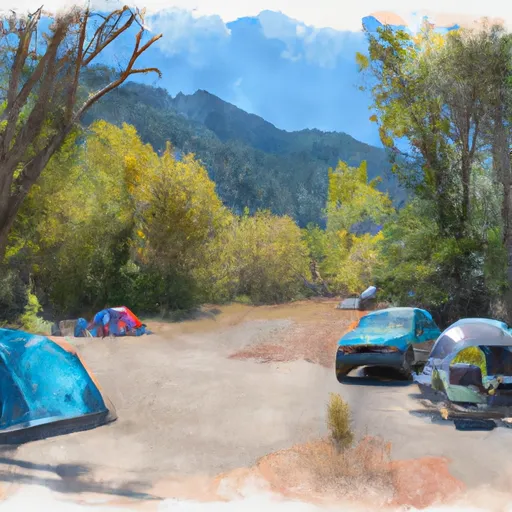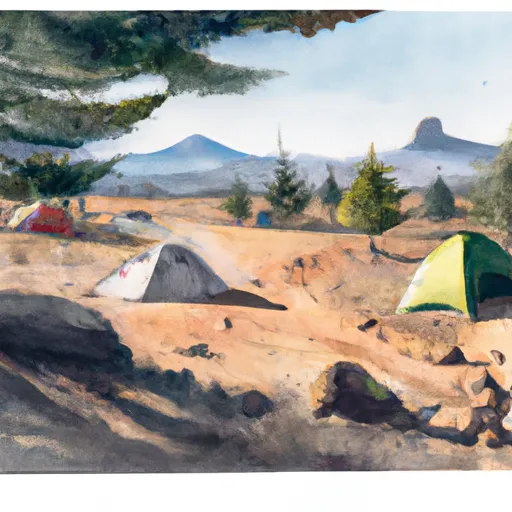2026-01-04T07:00:00-08:00
* WHAT...South winds 20 to 30 mph with gusts up to 50 mph expected. Gusts may exceed 65 mph over elevated terrain. * WHERE...In Klamath County, the Klamath Basin including Klamath Falls, Keno, Midland, Olene, Dairy, Bonanza, Merrill, and Malin. Terrain in northeast Siskiyou and northwest Modoc counties, including Tulelake, Newell, and Tionesta. Areas in Lake and eastern Modoc counties including Summer Lake, Paisley, Valley Falls, Lakeview, Willow Ranch, Alturas, Canby, and Likely as well as Highways 31, 395, 140, and 299. * WHEN...From 10 AM Saturday to 7 AM PST Sunday. * IMPACTS...Gusty winds will blow around unsecured objects and a few power outages may result.
Summary
With an elevation of 9,905 feet, it stands as a striking landmark in the region. This mountain boasts a considerable size, covering an area of approximately 10 square miles, making it a significant feature of the surrounding landscape.
During the winter season, Warner Peak receives a substantial amount of snowfall, contributing to its allure for mountaineers and winter adventurers. The average snowpack range typically ranges from 6 to 10 feet, providing excellent opportunities for snow sports and backcountry exploration. This mountain's snowpack is known to persist well into late spring, allowing for extended winter activities.
Warner Peak is also notable for its hydrological significance. Several creeks and rivers in the region receive runoff from the mountain's melting snowpack. These include Big Creek, which originates on the eastern slopes of the peak, and Quinn Creek, which drains the western face. These waterways contribute to the overall water supply and ecosystem of the surrounding area.
Regarding its name, Warner Peak is believed to have been named after the Warner family, who were early settlers in the region. While not many legends or lore surround this mountain specifically, the area is rich in Native American history and folklore, which adds to the cultural significance of Warner Peak.
In conclusion, Warner Peak is a notable mountain in the Intermountain West mountain range, offering impressive elevation, ample snowpack during the winter season, and contributing to the local hydrology. Its name pays homage to the Warner family, early settlers in the region. With its stunning presence and surrounding natural beauty, Warner Peak is a captivating destination for outdoor enthusiasts and a significant part of the local landscape.
Weather Forecast
Area Campgrounds
| Location | Reservations | Toilets |
|---|---|---|
 Guano Creek Campground
Guano Creek Campground
|
||
 Post Meadows Campground
Post Meadows Campground
|
||
 Camp Hart Mountain
Camp Hart Mountain
|
